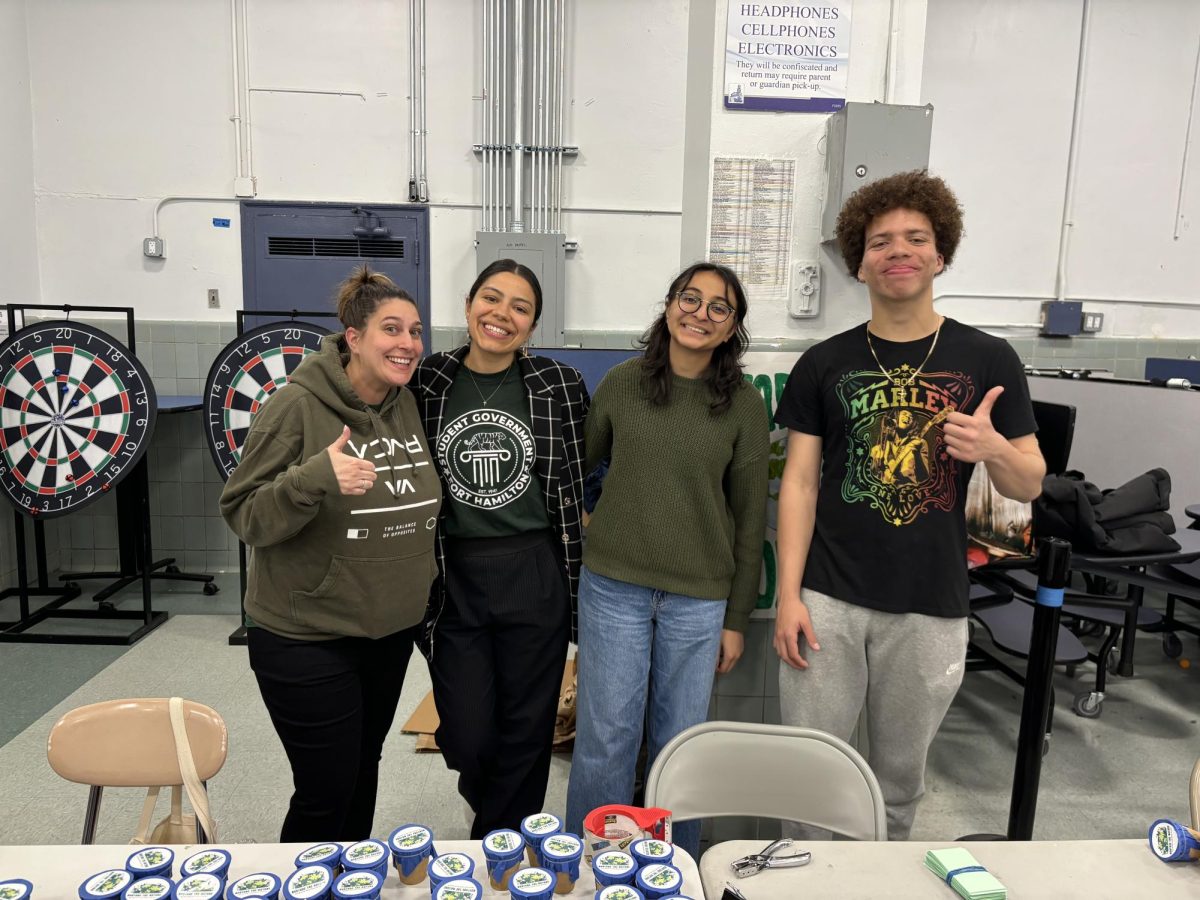After a long day at school or work, nothing’s better than getting to relax, kick up your feet, and have a sweet treat. This snack is often on hand: a cookie. These hand-held snacks are a sort of timeless classic, coming in all different flavors, shapes, and sizes. For most, buying cookies solves busy schedule limitations; however, not all boxed cookies are created equal.
Only available for a short season and a delicacy to cookie lovers in America, Girl Scout Cookies have an appetizing allure that makes them better than the average cookie. But why do they have such a hold over us compared to the rest? Let’s take a deep dive.
The origin of the Girl Scout Cookie is simple. In 1917, the girls of the Mistletoe Troop in Muskogee, Oklahoma, needed a service project. Their answer? The troop hosted a bake sale at a high school; the best-sellers at the bake sale were cookies.
Despite the popularity of their cookies, The Mistletoe Troop could not have possibly known the impact those best-selling cookies would have on the future.
Other troops around the United States soon heard word of the Mistletoe Troop’s successful bake sale and got to work in their kitchens, and by the 1930s, the cookies became so popular that the Girl Scouts had to have commercial bakers begin making the cookies.
The efforts of World War II halted the progress of the cookies, but they made a stark return in the 1950s. Cookie sales rose in the 1950s with three flavors: Sandwich, Shortbread, and Chocolate Mints.
In the 1970s, the cookies emerged with new names: Peanut Butter Sandwich became Do-si-dos, Shortbreads became Trefoils, and Chocolate Mints became Thin Mints. These names came along with the Girl Scouts logo we know today.
New flavors were introduced alongside the rebranded cookies and logo we know and love today, such as Samoas, Tagalongs, Lemon-Ups, and more recent flavors like Toffeetastic and Adventurefuls.
So that raises the question: Why do we love these cookies?
The answer could be something similar to what happened in the 1950s. When the cookies disappear for a while, the cookie sales increase when they return. Cookie season lasts only six to eight weeks every year, which is only about a month and a half every year.
“Girl Scout cookies are popular because you have limited access to them,” said Fort English teacher Ms. Nicoll. “You can’t go to the store and buy a Samoa or a Thin Mint. Absence makes the heart grow fonder.”
If you miss the taste of a particular cookie and you don’t have it for a large portion of the year, you’re most likely to buy the cookies when they come back. Moreover, you’ll be more open to buying them in bulk like many people tend to do.
It also could have to do with the creativity of the cookies. When, most of the time, you are faced with the same options like Oreos and Chips Ahoy, something different, like the many flavors of Girl Scout cookies, might be appealing to you. They offer something different, more exciting, more complex.
Let’s take an Oreo, for example. In an Oreo, there are two primary flavors. The first flavor is the chocolate sandwich cookie, and the other is the vanilla cream filling.
Now compare those two flavors with the many flavors that you get in a Samoa.
In a Samoa, you get four primary flavors. You get the flavor of the shortbread base, the flavors of caramel and coconut that both come in the topping, and the flavor of milk chocolate in the coating of the bottom of the shortbread cookie, as well as the drizzle on top of the caramel-coconut topping.
Structurally, a Samoa is around the same size as an Oreo but offers a more complex flavor palate as well.
All of these factors not only lead to a more enjoyable eating experience but also to the craving for cookies that we face every year.
So when you see the Girl Scouts again this year, do not feel badly about buying in bulk. It is a lot more justifiable than you think it is.



























